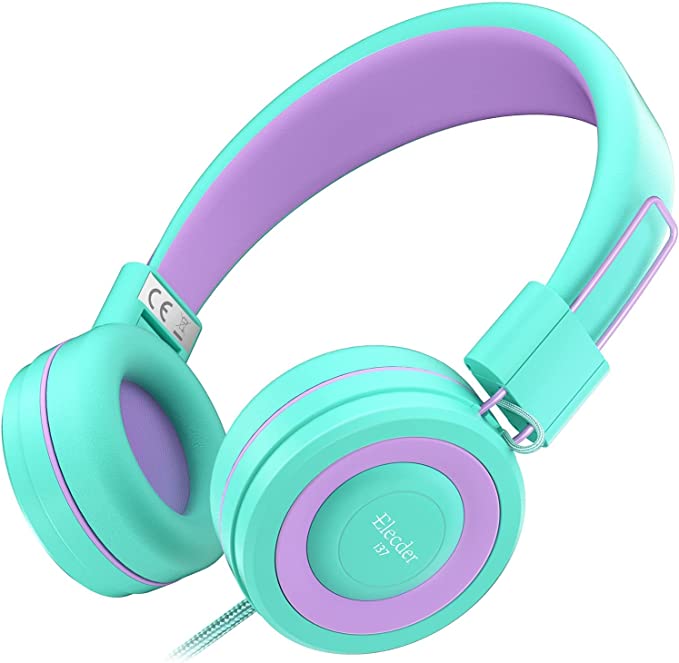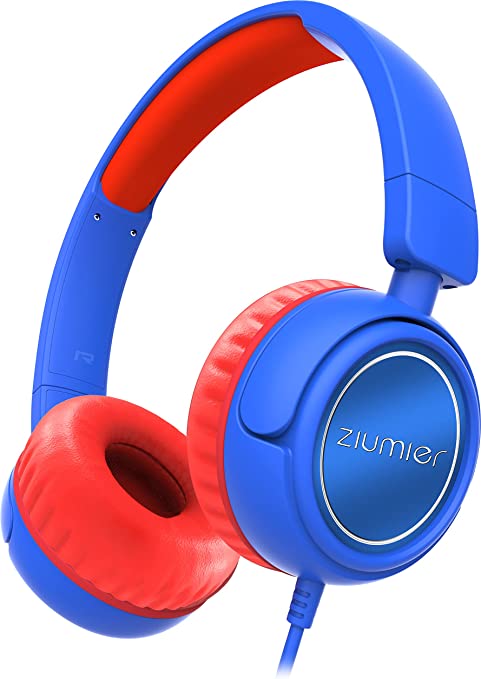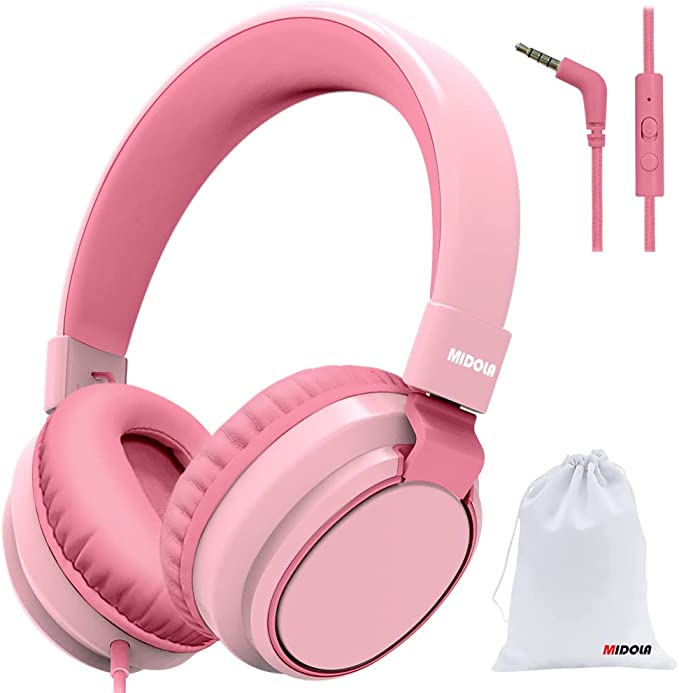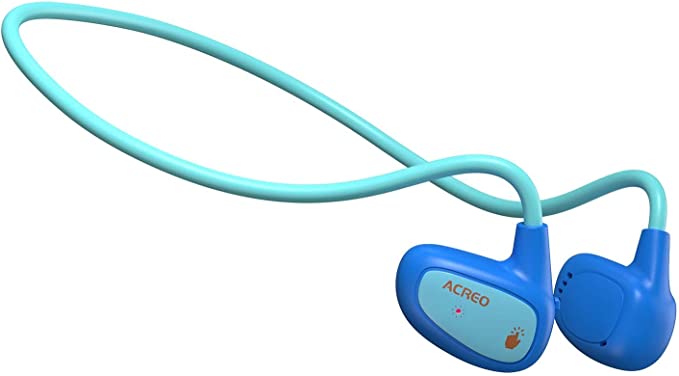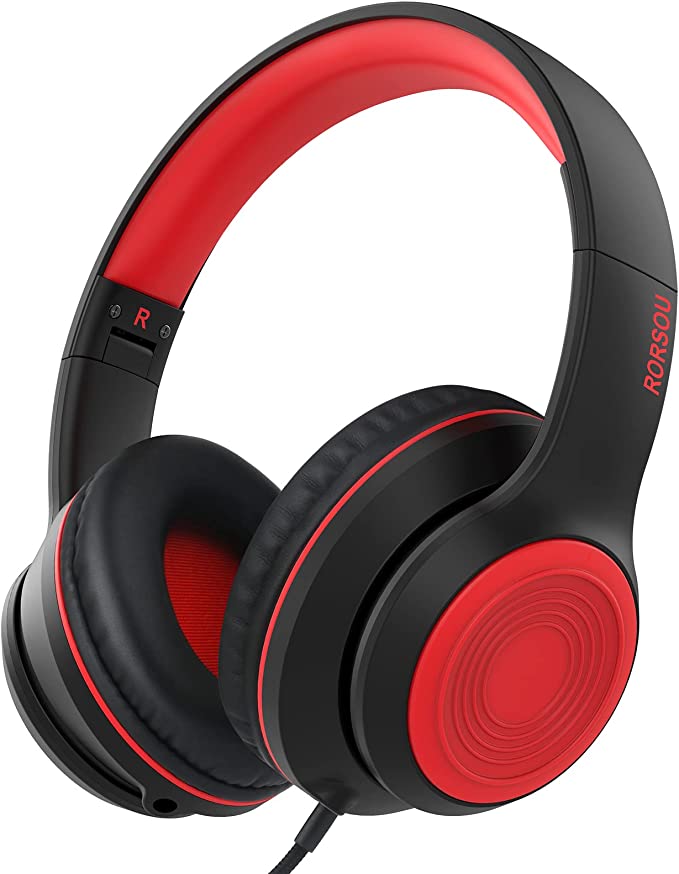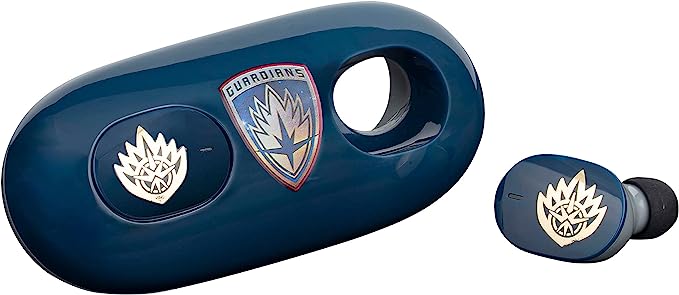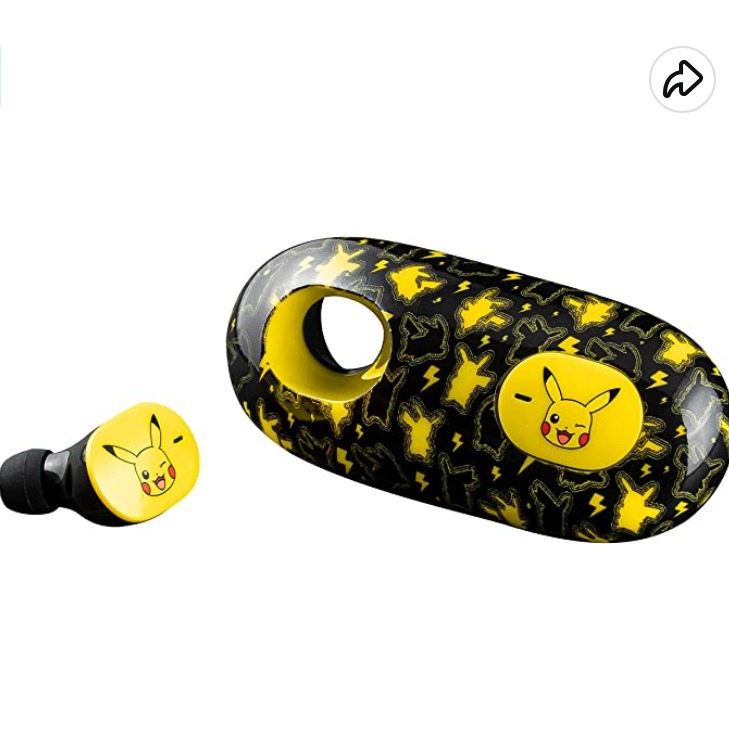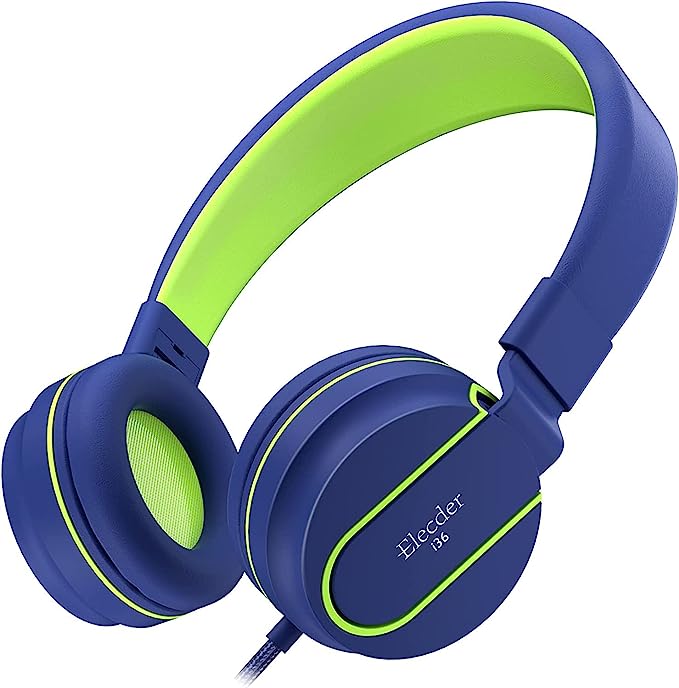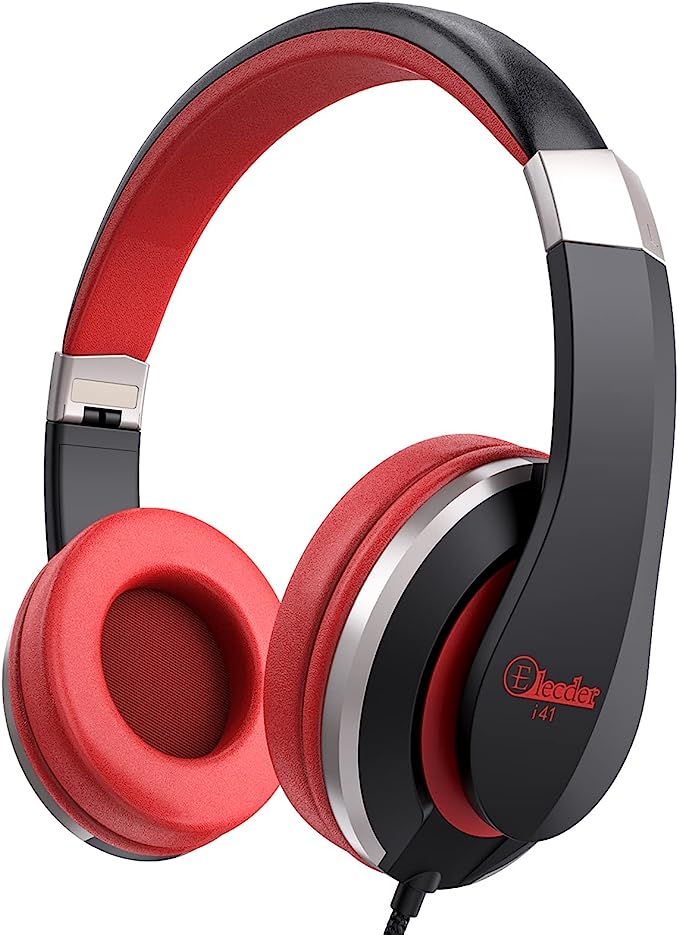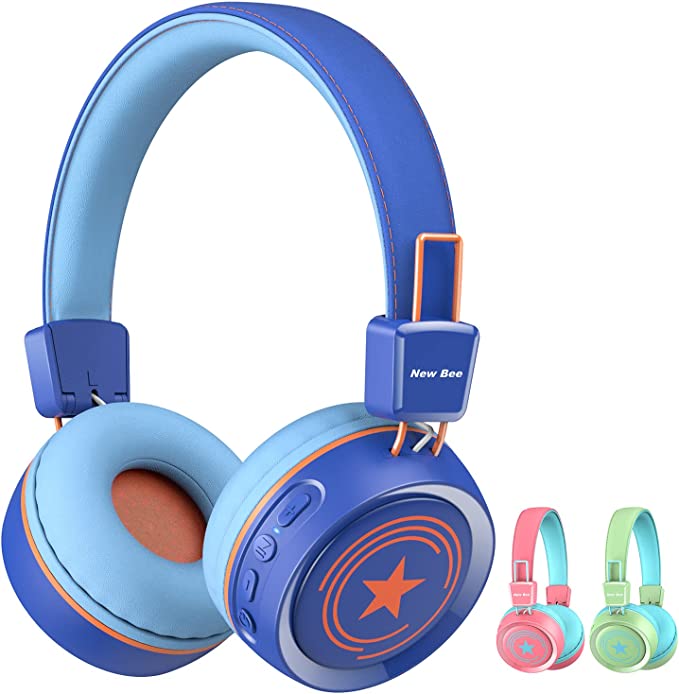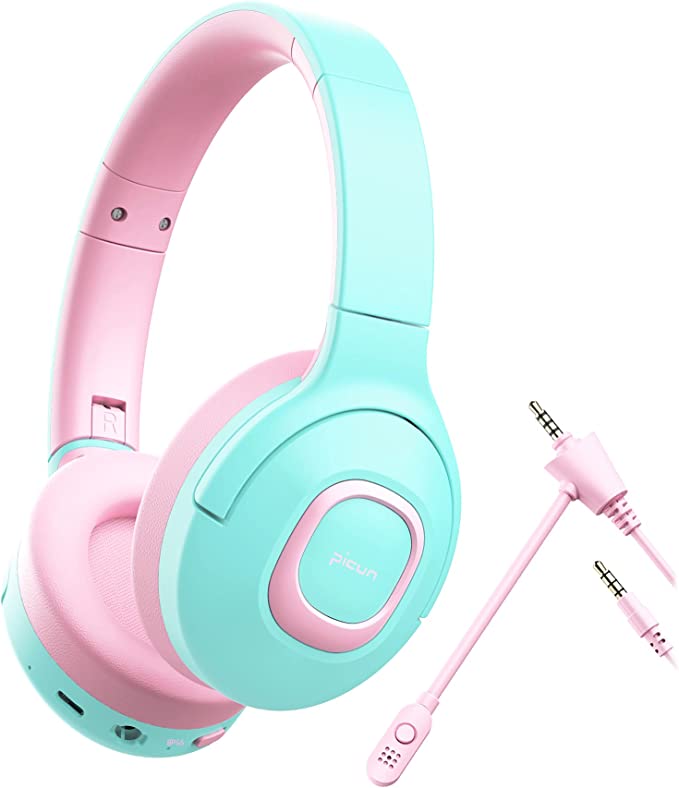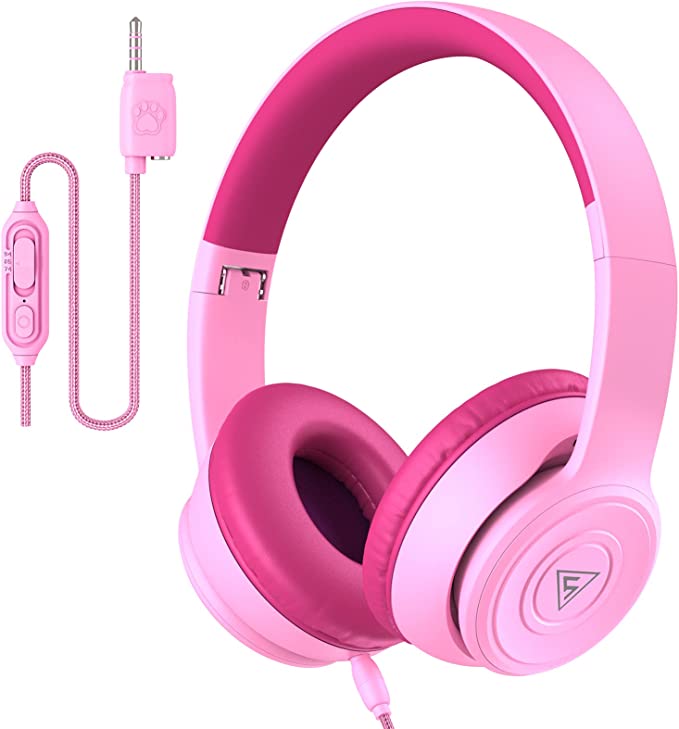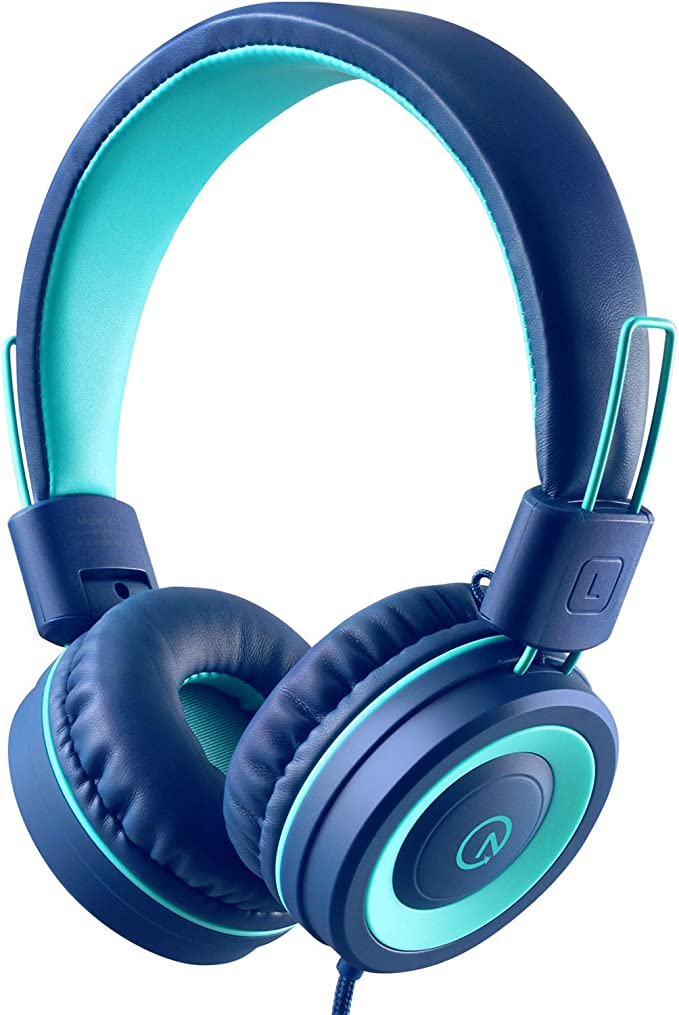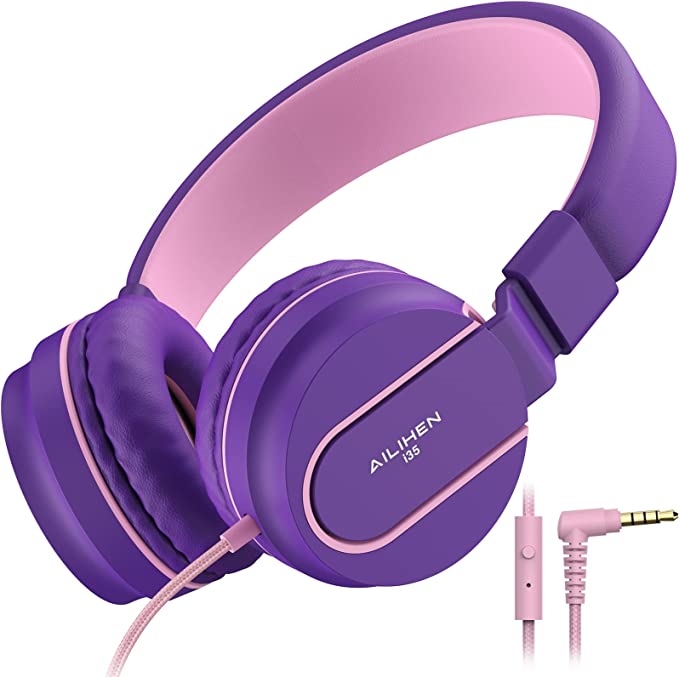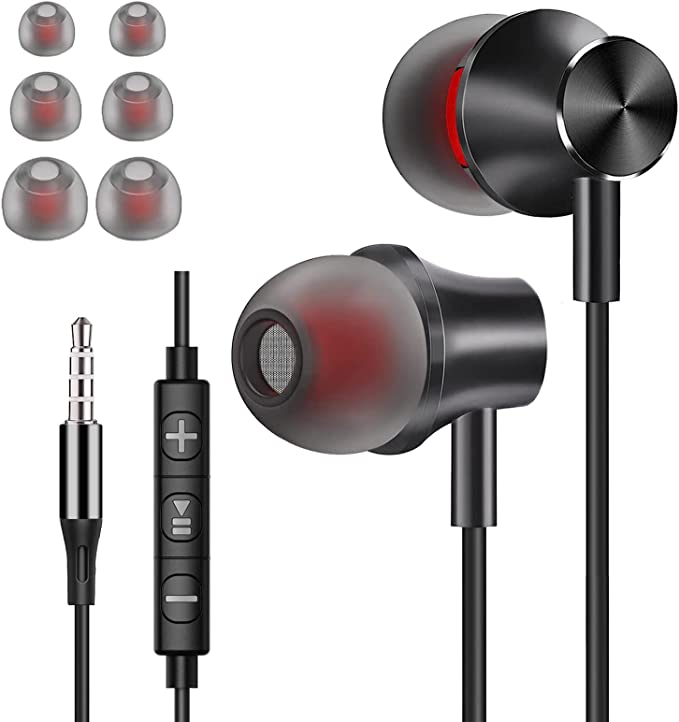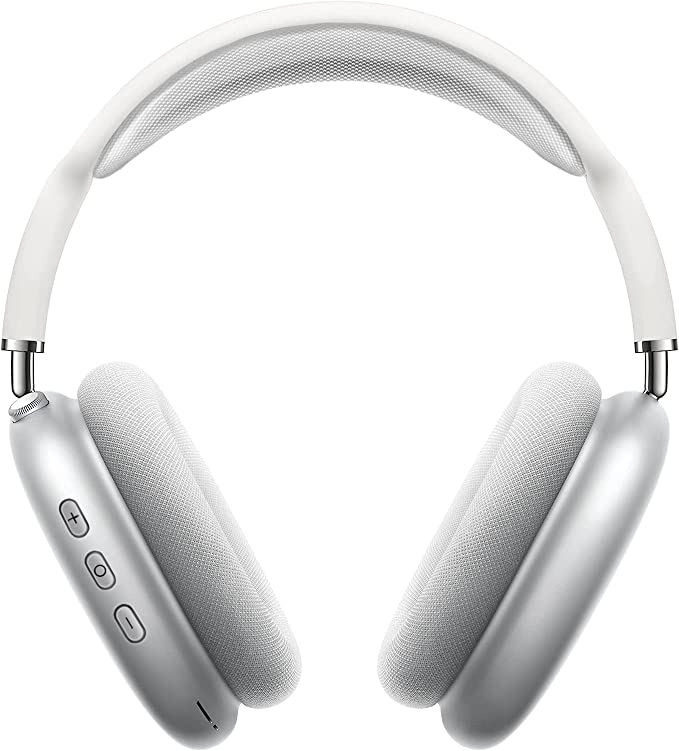Riwbox CS6 Kids Wired Headphones: Safe Sound for Growing Ears
Update on March 20, 2025, 3 p.m.
Eight-year-old Maya loved music. She’d spend hours lost in her favorite pop songs, her headphones practically glued to her ears. One day, after a particularly long listening session with her old, hand-me-down headphones, Maya noticed something strange. Her mom’s voice sounded muffled, like she was talking through a thick blanket. Panic set in. Had she damaged her hearing?
Maya’s experience, thankfully, was temporary. The ringing in her ears subsided after a day of quiet, but it served as a wake-up call for her and her parents. It highlighted a growing, often silent, problem: noise-induced hearing loss in children.

The Silent Epidemic: Noise-Induced Hearing Loss in Kids
Noise-induced hearing loss (NIHL) isn’t just a concern for construction workers or rock musicians. It’s increasingly affecting children, and the culprit is often something they love: headphones. The World Health Organization (WHO) estimates that over 1 billion young people worldwide are at risk of hearing loss due to unsafe listening practices. This isn’t just about difficulty hearing; hearing loss in children can have a cascading effect, impacting speech development, language comprehension, academic performance, and social interaction. It can lead to difficulties understanding conversations, following instructions, and even participating in classroom discussions.
How We Hear (and How We Can Hurt It)
To understand how headphones can damage hearing, let’s take a quick tour inside the ear. Sound, essentially, is vibration. These vibrations travel through the air in waves, and when they reach our ears, a remarkable process begins.
First, the outer ear funnels these sound waves into the ear canal. The waves then hit the eardrum, a thin membrane that vibrates like the head of a drum. These vibrations are passed along to three tiny bones in the middle ear – the smallest bones in the human body! These bones amplify the vibrations and transmit them to the inner ear, specifically to a snail-shaped structure called the cochlea.
Inside the cochlea are thousands of tiny hair cells. These aren’t like the hairs on your head; they’re incredibly delicate, microscopic structures that sway back and forth in response to the vibrations. This movement converts the vibrations into electrical signals that travel along the auditory nerve to the brain, where they’re interpreted as sound.
Here’s the crucial part: loud sounds cause these hair cells to vibrate violently. Over time, this excessive vibration can damage or even destroy them. And unlike a scraped knee, damaged hair cells don’t regenerate. Once they’re gone, they’re gone, leading to permanent hearing loss.
The loudness of a sound is measured in decibels (dB). A whisper is about 30 dB, normal conversation is around 60 dB, and a lawnmower is about 90 dB. For children, experts generally recommend keeping sound levels below 85 dB, and even lower for extended listening. Think of it like this: if you have to shout to be heard over the sound of the headphones, it’s too loud.

Choosing Safe Sound: Introducing the Riwbox CS6
Given the risks, choosing headphones designed specifically for kids is crucial. The Riwbox CS6 Kids Wired Headphones are one such option, engineered with features that prioritize both safety and enjoyment. But it’s not just about this specific model; it’s about understanding the principles of safe listening. Let’s explore some of those principles, using the Riwbox CS6 as an example.
Feature Focus: The Sharing Port - Sharing Sounds, Not Secrets (or Damage)
One of the standout features of the Riwbox CS6 is its sharing port. This isn’t just a gimmick; it’s a clever design element with a practical purpose. The sharing port is essentially a built-in audio splitter. Instead of needing a separate Y-splitter cable, another set of headphones can be plugged directly into the CS6.
Why is this important? It encourages social listening without the temptation to crank up the volume. When kids share headphones using a splitter, they often increase the volume to compensate for the sound being divided. With the sharing port, each listener has their own independent volume control (assuming the connected device allows it), promoting safer listening levels. It’s perfect for siblings listening to music together, friends watching a movie on a tablet during a long car ride, or even for parents to monitor the audio content their child is consuming.

Feature Focus: Comfort Counts - All-Day Listening Without the Ouch
Kids won’t wear headphones that are uncomfortable, no matter how safe they are. The Riwbox CS6 features an over-ear design with soft, cushioned earpads. This is important for several reasons.
First, the over-ear design creates a seal around the ear, which helps to block out external noise. This means kids are less likely to turn up the volume to dangerous levels to drown out distractions. Second, the soft padding distributes pressure evenly, preventing discomfort and soreness, even during extended use. The adjustable headband also ensures a snug but comfortable fit for a wide range of head sizes. While the product information mentions “rubber” as a material, it’s crucial for parents to confirm that the specific materials used are hypoallergenic and free of harmful chemicals like phthalates. Look for certifications like CPSIA compliance to ensure the headphones meet safety standards.

Feature Focus: On-the-Go Listening - Foldable and Ready for Adventure
Kids are active, and their headphones need to keep up. The Riwbox CS6’s foldable design makes it easy to pack into a backpack, suitcase, or even a large pocket. This portability is not only convenient, but it also encourage kids to have control of their sound environment. The durable construction is designed to withstand the bumps and drops that are inevitable with kids. A sturdy build quality ensures that the headphones won’t easily break, reducing the need for frequent replacements (and the temptation to use potentially unsafe, readily available alternatives). The wired connection, while seemingly old-fashioned in a wireless world, also eliminates the potential risks associated with Bluetooth radiation, a concern for some parents. While the science on the effects of low-level Bluetooth radiation is still evolving, a wired connection provides a simple, reliable, and radiation-free listening experience.

Beyond the Features: General Tips for Choosing Kids’ Headphones
While the Riwbox CS6 offers several beneficial features, it’s important to remember the broader principles of choosing safe headphones for children. Here’s what to look for, regardless of the brand:
- Volume Limiting: This is arguably the most critical feature. Look for headphones that explicitly state they limit volume to 85 dB (or lower). However, be aware that not all headphones marketed as “volume-limiting” are created equal. Some may not limit volume effectively, or the limit may be higher than 85 dB. Research the specific model and read reviews carefully. Ideally, look for independent testing and certification. This is an area where the Riwbox CS6 product information is lacking. It’s crucial to confirm whether it has built-in, verified volume limiting.
- Comfortable Fit: As mentioned earlier, comfort is key. Look for over-ear designs with soft, padded earcups and an adjustable headband. Avoid in-ear headphones (earbuds) for young children, as they can be more easily inserted too deeply into the ear canal, potentially causing damage.
- Durability: Kids are tough on their belongings. Choose headphones made from durable materials that can withstand drops, bumps, and twists.
- Appropriate Size: Make sure the headphones are designed for children’s smaller heads. Adult headphones can be too large and put uncomfortable pressure on the ears.
- Wired vs. Wireless: While wireless headphones offer convenience, wired headphones eliminate concerns about Bluetooth radiation and often provide a more stable connection.
- Avoid Noise-Canceling Headphones for Young Children: While noise-canceling technology can be beneficial in certain situations, it’s generally not recommended for young children. They need to be aware of their surroundings, especially in outdoor environments.
Beyond Headphones: Teaching Safe Listening Habits
Choosing the right headphones is only half the battle. It’s equally important to teach children how to listen safely. Here are some tips:
- The 60/60 Rule: Encourage children to listen at no more than 60% of the maximum volume for no more than 60 minutes at a time.
- Take Breaks: Encourage regular breaks from listening to give the ears a rest.
- Use the “Talk Test”: If you have to shout to be heard over the headphones, the volume is too loud.
- Lead by Example: Model safe listening habits yourself.
- Talk About Hearing: Have open conversations with your children about the importance of protecting their hearing. Explain how loud sounds can cause damage and why it’s important to listen at safe levels.
- Regular Check-ups: Regular checkups with an audiologist or pediatrician are a great way to detect issues early on.
The Sound of Silence… and the Joy of Sound
Hearing loss is often gradual and painless, making it easy to overlook. But the consequences can be significant, impacting a child’s ability to learn, communicate, and enjoy the world around them. By choosing headphones designed with safety in mind, like the Riwbox CS6 if it is confirmed to have verifiable volume limiting, and by teaching children safe listening habits, we can help them protect their precious hearing and enjoy a lifetime of sound. It’s about finding a balance – allowing children to experience the joy of music, audiobooks, and online learning, while safeguarding their ability to hear the whispers of loved ones, the laughter of friends, and the sounds of the world around them. Remember, protecting their hearing today ensures they can fully appreciate the symphony of life tomorrow.

Protecting Precious Ears: A Lifetime of Sound
The sounds of childhood – the giggles, the stories, the music – are precious. Protecting a child’s hearing is an investment in their future, allowing them to fully engage with the world and all its auditory wonders. By understanding the risks of noise-induced hearing loss, choosing appropriate headphones, and fostering healthy listening habits, we empower children to enjoy a lifetime of sound, safely and responsibly. The Riwbox CS6, with confirmed volume limiting, could be a part of that journey, providing a comfortable, shareable, and durable listening experience. But the most important tool is education and awareness. Let’s make sure every child has the opportunity to hear the world, clearly and safely, for years to come.
